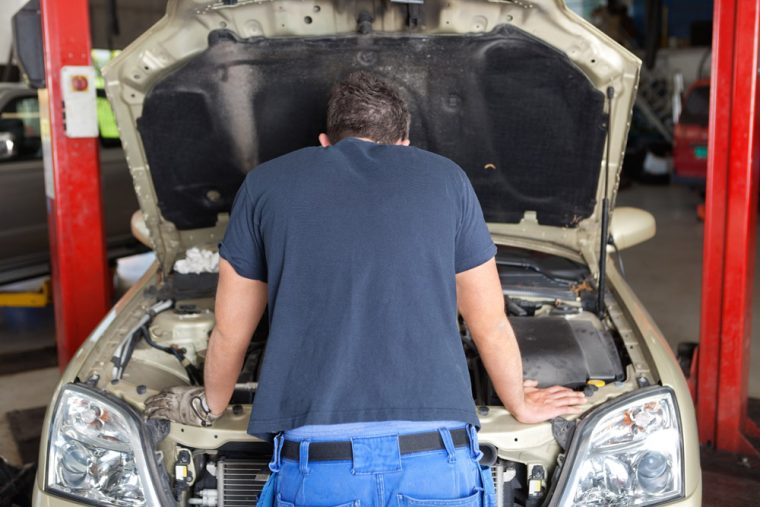Prepping yourself and your car for frigid temperatures this winter? Here are some helpful guidelines for determining whether you should invest in an engine block heater.
Winter Service: Schedule your vehicle’s seasonal maintenance checkup
An engine block heater is a device that helps warm up the engine and its fluids before you start your car, explains Lifewire’s Jeremy Laukkonen. It makes it easier to turn on the engine in cold weather while reducing the stress on engine components. And it also helps warm the cabin so the heater is able to blow warm are faster.
When should you get one?
According to The Drive’s Tony Markovich, it’s a good idea to invest in an engine block heater if you live in a climate that regularly reaches temperatures at or below 10 degrees Fahrenheit. This tool will help prevent engine fluids from freezing overnight, which in turn, will protect your engine from damage.
Though, if you live in a region where hard freezes are a rare occurrence, you probably don’t need this device. Instead, you might want to invest in a remote starter, as Laukkonen recommends.
Per Markovich, block heaters come in a variety of styles to suit different preferences and skill levels. Two of the easiest-to-install styles are the dipstick heater and engine-warming blanket. A dipstick heater is an alternative dipstick you can use to warm up the engine oil. An engine-warming blanket attaches under the hood; it distributes heat across the entire engine block.
If you don’t mind a more challenging install, you could go with a bolt-on, freeze plug, or in-line coolant heater. A bolt-on heater fastens to the engine block’s exterior and warms the engine via direct contact. A freeze plug heater replaces a conventional freeze plug inside of the engine block. An advantage to this style is that it has closer contact with the coolant.
An inline heater comes in either circulating or non-circulating forms. Both models require you to splice them into the coolant hose, which can be tricky. The circulating type relies on the existing pump to distribute heat throughout the entire engine, while the non-circulating type distributes heat mainly to the coolant area.
Safer Winter Travels: Find new tires with this helpful tool
Whitney Russell resides in Dayton, though her spirit can be found beach-bumming in Puerto Rico (the land of her half-Puerto Rican heritage). When not crafting car-related content, she can be found chasing after the most amazing toddler in the world, watching her “beaver” of a husband build amazing woodworking projects, hanging out with two crazy dogs, and visiting family and friends. She also enjoys traveling, crafting, and binge-watching period dramas when time allows. See more articles by Whitney.
